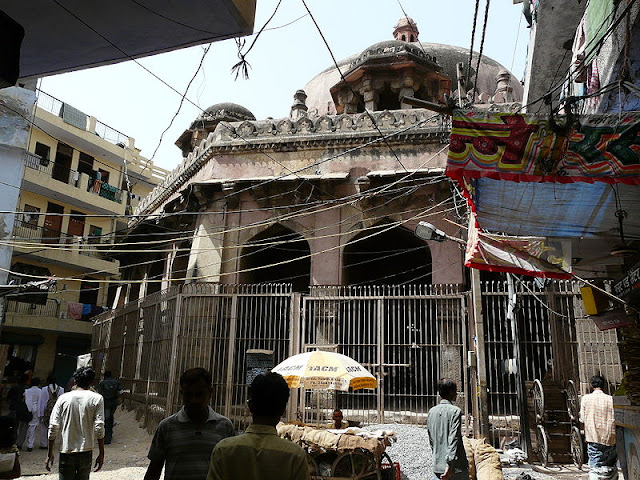Swayamvara: Marriage by Choice of the Bride
In ancient India, Swayamvara was a form of marriage in which the girl after attaining puberty chose her husband from among the assembled suitors. This type of marriage was particularly prevalent among the kshatriyas, the warrior and ruling class. Ancient law books lay down that in the case of parents not been able to marry their daughters, they can choose their own husband. Epic literature is full of instances which show that Swayamvara marriage took place in good numbers in ancient times. Though this marriage by choice used to be conducted at a chosen venue, sometimes other means were also taken recourse to choose the partner. In order to find her soul mate, Princess Savitri toured the country in chariot, until she found Satyavan, the son of a king turned woodcutter. In the longest narrative episode in the Mahabharata it has been described how Princess Damayanti chose her husband Nala at a grand ceremony. Nala , who has long parted from his wife, is reunited with her only



